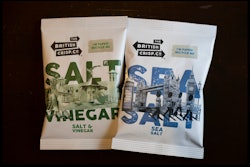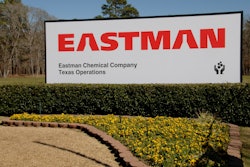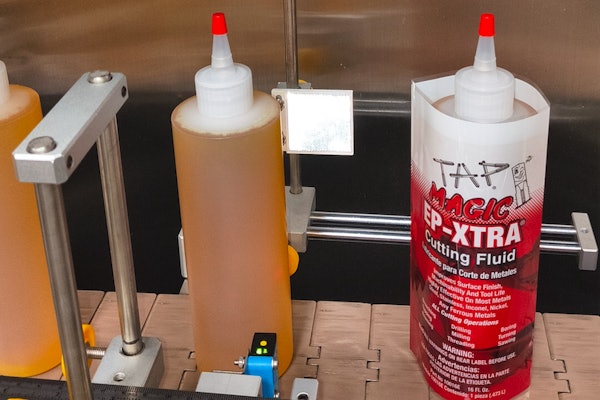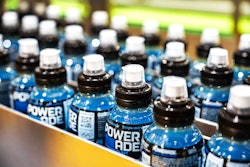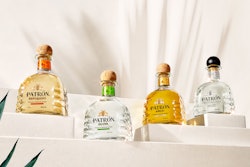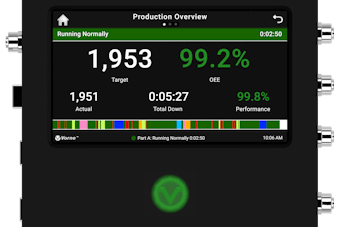Welcome to sustainable packaging explained. Your guide to sustainable materials, methods, and package design. Produced by the Emerging Brands Alliance in conjunction with Packaging World. Today's video is about compostable packaging and how it fits into a circular economy as the consumer push for more sustainable packaging continues. Consumer packaged goods brands are exploring options to improve their sustainability footprint. Packaging that is recyclable, made from PCR, biodegradable, reusable, and compostable are all getting attention. Compostable packaging is defined as packaging that is able to break down into carbon dioxide, water, and biomass within a specific time frame under specific conditions. This can mean either home compostable at ambient temperatures with a natural microbial community or industrially compostable under increased temperatures, humidity, and specifically formulated microbial conditions. Compostable materials can be made from either biobased or petrochemical inputs. For a package to truly be labeled as compostable, it is subject to certification standards in North America, Japan, and Europe.
The benefit of using compostable packaging materials is that they are designed with a circular economy in mind. Compostable packaging helps divert waste from landfills and is made from plant-based renewable materials. Compostable packaging also reduces our dependence on fossil fuels compared to plant-based materials. Fossil fuel-based plastics stay on the planet for a long time. These toxic materials do not easily break down, and the growing evidence of the presence of plastics throughout our ecosystem is enough to sway brands to try compostable packaging.
According to Market Research Future, the compostable plastic packaging market was valued at $1.8 billion in 2022, and it is projected to grow from $1.89 billion in 2023 to $2.91 billion by 2032, exhibiting a compound annual growth rate of 5.5% during 2023 to 2032.
Packaging World editor Matt Reynolds discusses the challenges and potential of compostable packaging. While compostable packaging seems miraculous in its ability to produce no waste, it faces challenges due to our entrenched plastics and fiber recycling systems. Compostable packaging introduces another category, adding to consumer confusion. When improperly disposed of, it can contaminate traditional plastics or fiber recycling streams. Most compostable packaging is not backyard compostable but rather industrially compostable, and infrastructure to process this packaging is sparse at the moment.
The Freshlock team is committed to collaboration and innovation to meet your flexible packaging needs. Their Freshlock 8000 series offers sustainable closures that target circularity and waste reduction, including product solutions certified for compostability.
Compostable packaging is not a perfect solution to the ongoing waste problem. One of the major drawbacks is that industrial composting facilities are not widespread. Biocycle estimated that in the US, there are fewer than 100 plants capable of processing certified packaging. Without proper infrastructure, compostable packaging often ends up in the wrong streams, contaminating full batches of recycling and ultimately ending up in a landfill.
However, compostable packaging does hold a lot of promise, especially for food contact uses that don't require high barrier properties. In a perfect world, compostable food service packaging would act like tortilla chips, where the food scraps and leftovers are the salsa, and the compostable food materials would add mineral and nutrient value to the soil.
While compostable packaging will grow and scale, for now, it's best to look for tests and validation programs in closed-loop locations like concert venues or sports arenas where compostable materials can be collected within a gated space. Compostable packaging should not be introduced into municipal waste recovery streams as a contaminant.
The technology for compostable packaging has great promise, but there are still challenges to solve. Compostable materials can perform well in many applications but are ideal for food-based, non-toxic products that don't require high barrier requirements or an extra long shelf life. It's important to conduct a life cycle analysis to determine if compostable packaging is the right solution for your product.



